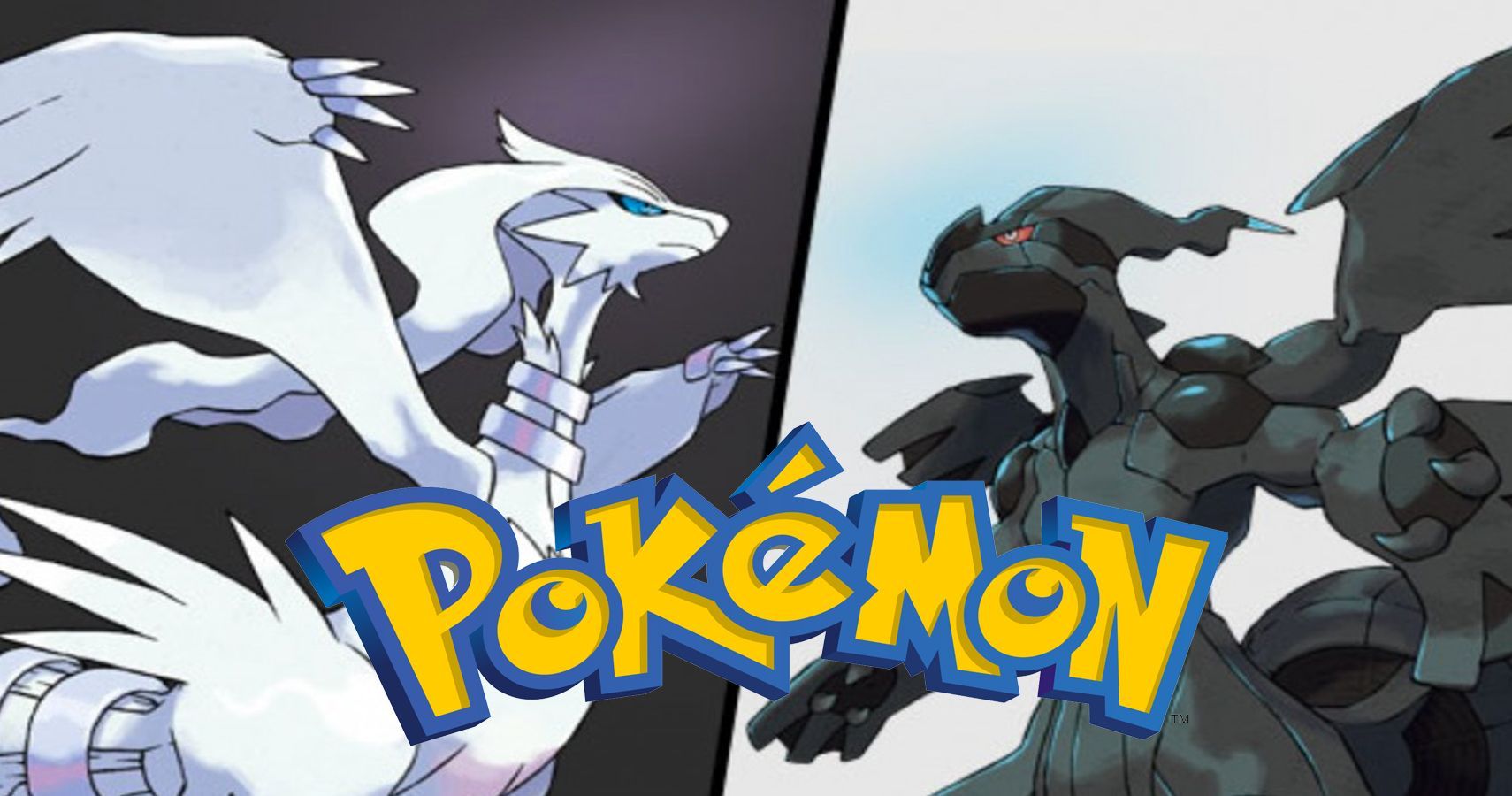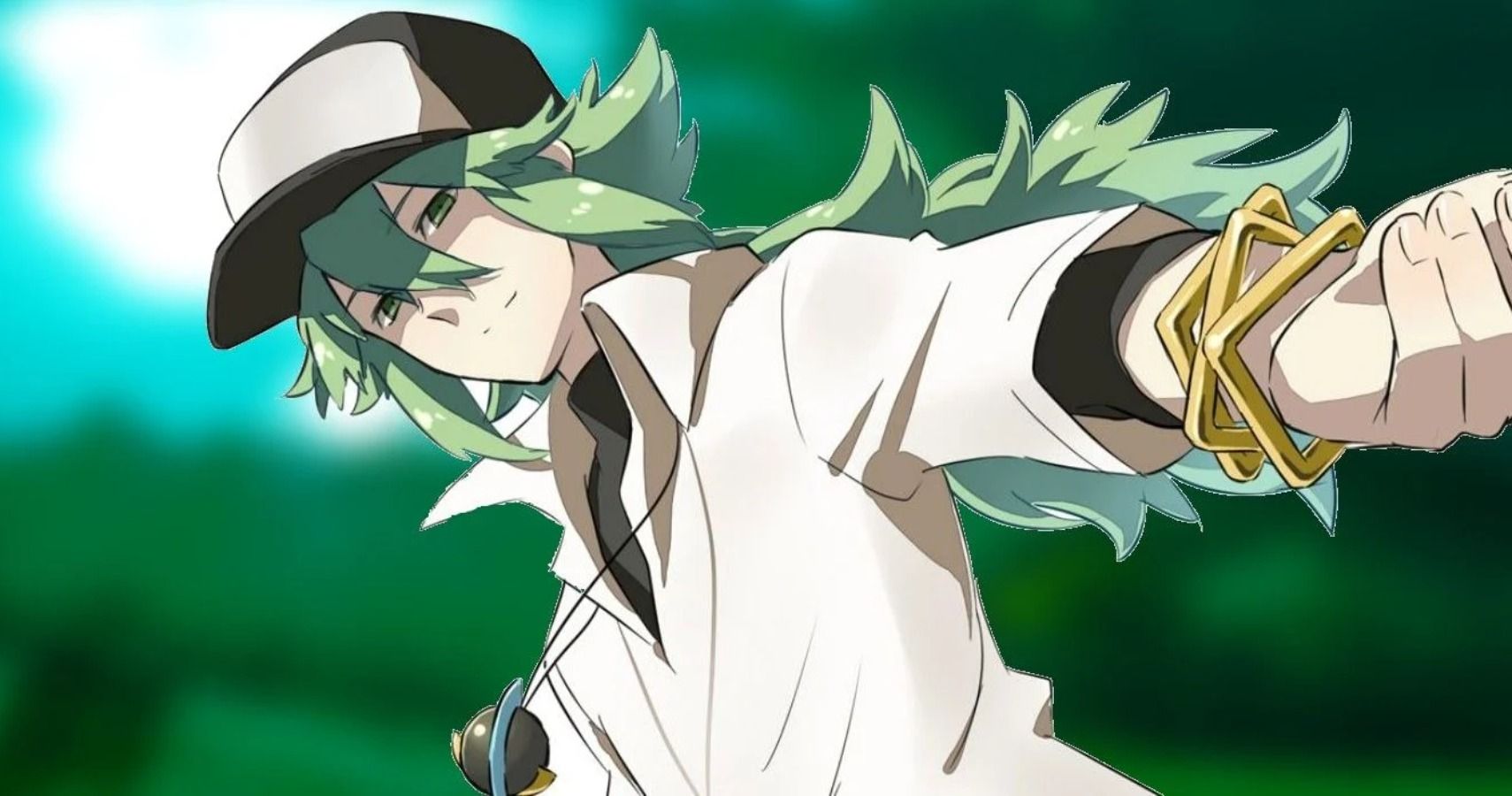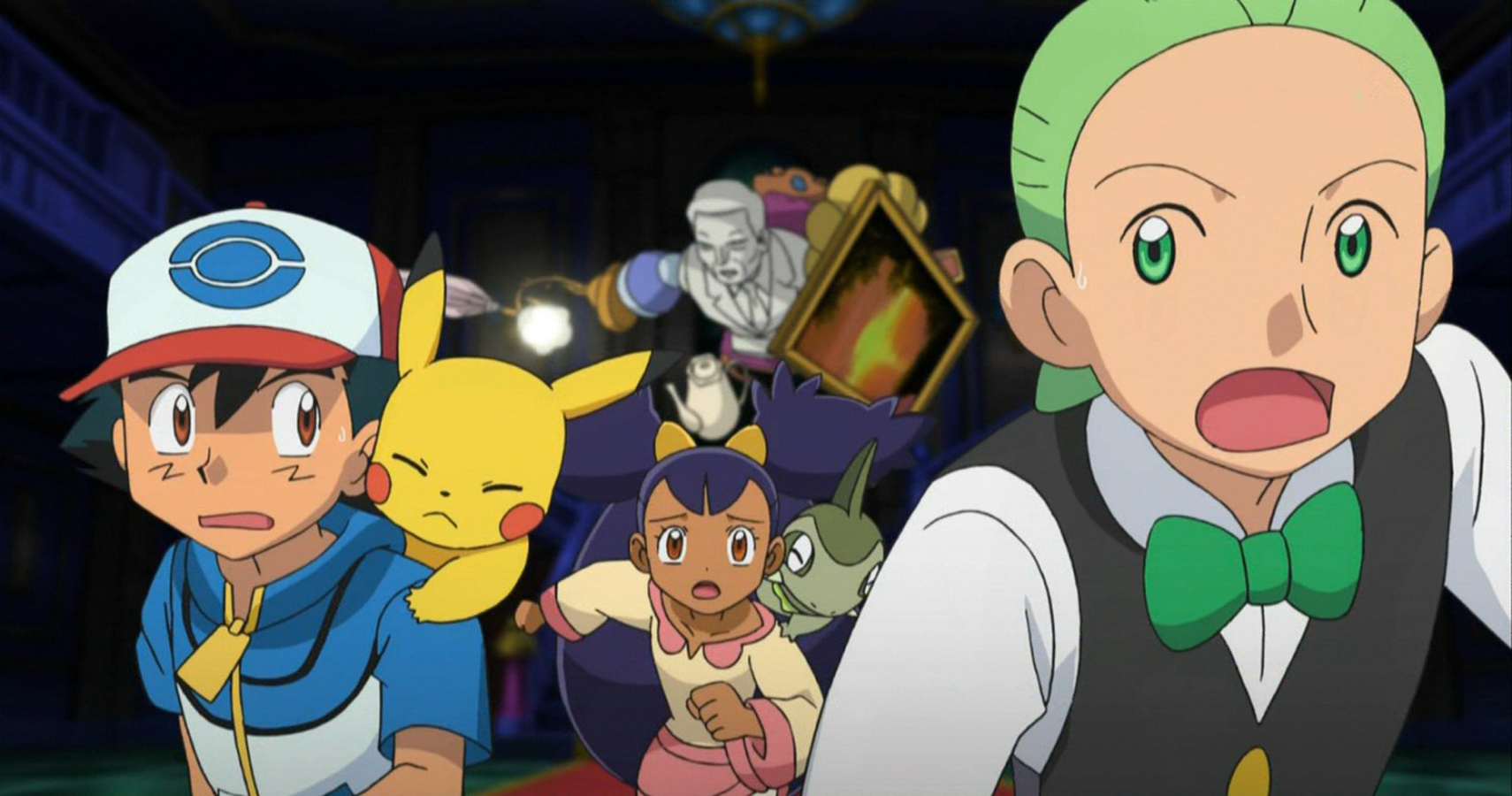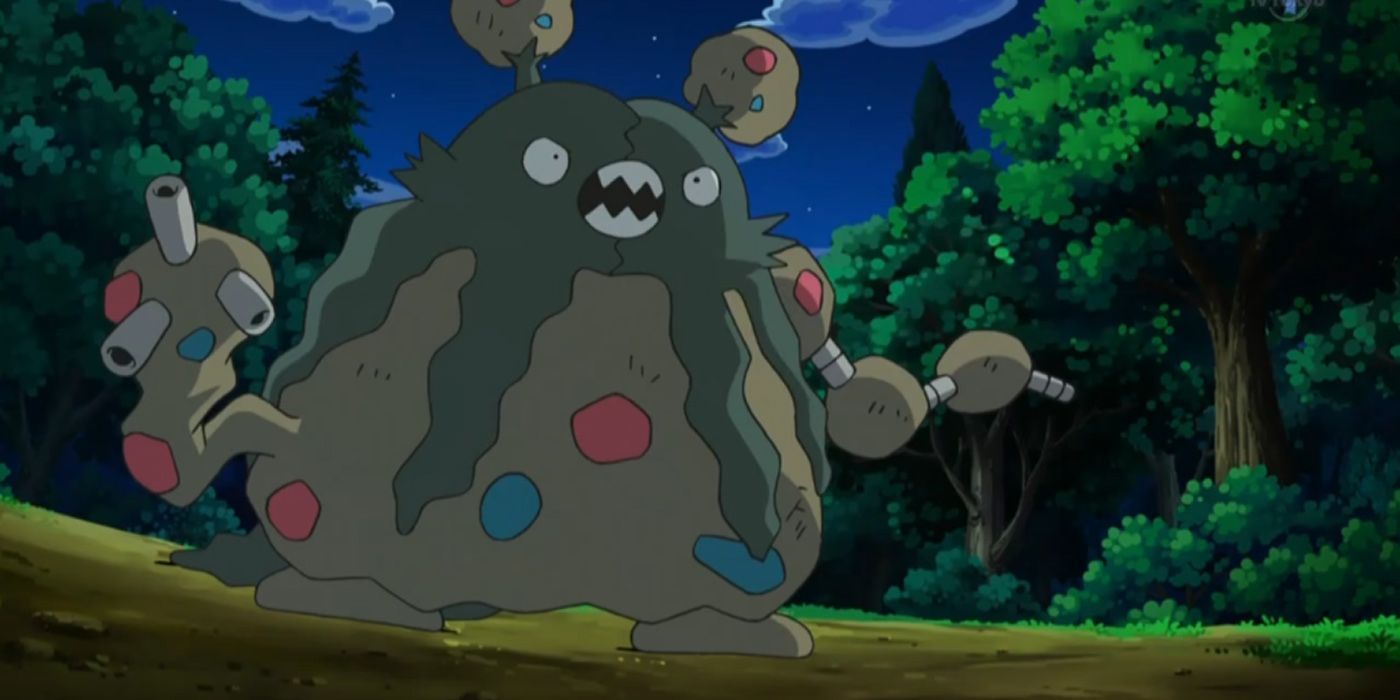On this day ten years ago Pokemon Black and White launched for the Nintendo DS in Japan, introducing fans of the series to its highly-anticipated fifth generation. After journeying through Kanto as a child, before traversing the vast landscapes of Johto, sailing the tumultuous seas of Hoenn, and enduring the harsh, glacial landscapes of Sinnoh, I, personally, was ecstatic about the prospect of finally jumping into the bustling metropolis of Unova.
So it was weird that, despite my best efforts to stay invested, I simply couldn’t. Black and White introduced a record-breaking number of new Pokemon and saw the first implementations of the now standard in-battle sprite animations. They were diverse and sophisticated, focusing on the nefarious scheming of Team Plasma in a way that made previous villains seem almost juvenile, and the nuanced depiction of N as a pillar between right and wrong floating along his own personal trajectory ushered a new kind of maturity into the series.
Over and over again, I got to the first Gym and emerged victorious. Over and over again, I turned off my DS and played something else.
Related: Pokemon LeafGreen And FireRed Are 16 Years Old Today - Here’s Why They Still Matter
I have since grown to love Pokemon Black and White, mostly for all of the reasons mentioned above, but it took me a long time to finally admit to that, and even longer to actually finish the game. Black and White were the first mainline Pokemon games I didn’t finish within a week of launch. Looking back now, ten years later and having since been won over after my younger brother convinced me to give them one more try, I can finally put my finger on why, and I can describe it with two words: growing pains.
Pokemon Black and White were, from the moment they started, relentlessly ambitious. You didn’t have one rival, you had two — shortly thereafter, you realized you had three. The first Gym is designed to exploit type advantages in such a way that you are immediately on the back foot. To put that into perspective: consider Generation 1 games like Red, Blue, Yellow, LeafGreen, FireRed, and Let’s Go Eevee and Pikachu. Two of your starter options have 4x type advantages over the first Gym in the first five, and your starter is needlessly overpowered in the last two. In the case of the former, one of your options is also powerful against the second Gym — on top of that, even if you go with Charmander, who has since cemented itself as the “hard mode” pick, you have a variety of options to choose from in the wild that can annihilate early Trainers and Gyms.
In hindsight I appreciate Black and White’s approach: the conscious decision that you would be forced into learning about type effectiveness right from the get-go; that you would be locked into an absurd amount of narratively necessary battles in the first couple of hours; that you would actually need to catch Pokemon and build a makeshift team early on, as opposed to just relying on an overpowered starter, before eventually swapping party members out for more powerful options as you progressed through the game.
But I had just replayed Pokemon Platinum in anticipation of Generation 5. I wanted to be able to rinse the game with an Empoleon, or Infernape, or Torterra. The idea of having to use a pesky Patrat caused me to bounce off of Pokemon Black as if it was a trampoline designed to propel dissenters to the moon — it’s worth noting that I didn’t return from said moon until I actually played Pokemon Moon, having initially decided to skip Black and White 2.
But now I can see it, clear as day. Pokemon Black and White were a bridge that Pokemon had to cross. Although some people complain that recent games such as Let’s Go Eevee and Pikachu — and Sword and Shield, to an extent — cater too much to a younger demographic, Pokemon Black and White did the exact opposite. As a result, they’re a particularly formative part of contemporary Pokemon’s identity. The first games to truly address the possibility that capturing mysterious creatures and condemning them to listless lives in small metal spheres might be bad, actually, they were self-conscious in a way that presented outward value.
Maybe that’s another reason I didn’t like them. I didn’t want to feel bad for siccing my Snivy on an unassuming Munna, or having my Chandelure take down the even-worse-than-Zubat Swoobat.
On that note, I still think Pokemon Black and White’s Pokedex is one of the series’ weakest in terms of new introductions. Reuniclus is one of my favourite Pokemon, but I dislike all three starters. Excadrill and Cofagrigus are interesting, and Ferrothorn was a remarkably innovative kind of Pokemon in terms of its typing and competitive value, but for the most part, I wasn’t interested in Pokemon based on rubbish and ice cream.
“Gone are the days where we have Pokemon based on mystical folklore,” I lamented to myself. “Now I suppose I’ll just have to focus on catching sentient mushrooms.” At least Breloom had legs and a tail, and a funky little mycological beret, as opposed to just being a stumpy stalk with Poke Ball shield hands and a bovine nose.
I do feel that I have to finally concede, though, despite all of the snarky comments I can make about Generation 5 having the actual worst Pokemon. The first four Generations are still my favourite ones — I recognize that I played Diamond at 11 and Black at 15, so obviously there’s a lot of nostalgia attached to that sentiment. But I do think that, in the end, the reason I eventually came back to Pokemon as an adult is largely because of how Black and White influenced the games that had yet to come.
Like it or not, I have to admit that now, ten years on, I can see the value in Pokemon Black and White — something 15-year-old me would absolutely scoff at. “But the rubbish Pokemon,” I’d say. Yeah, it’s a shit design. But there’s more to the games than one — or 100 — shit designs.




